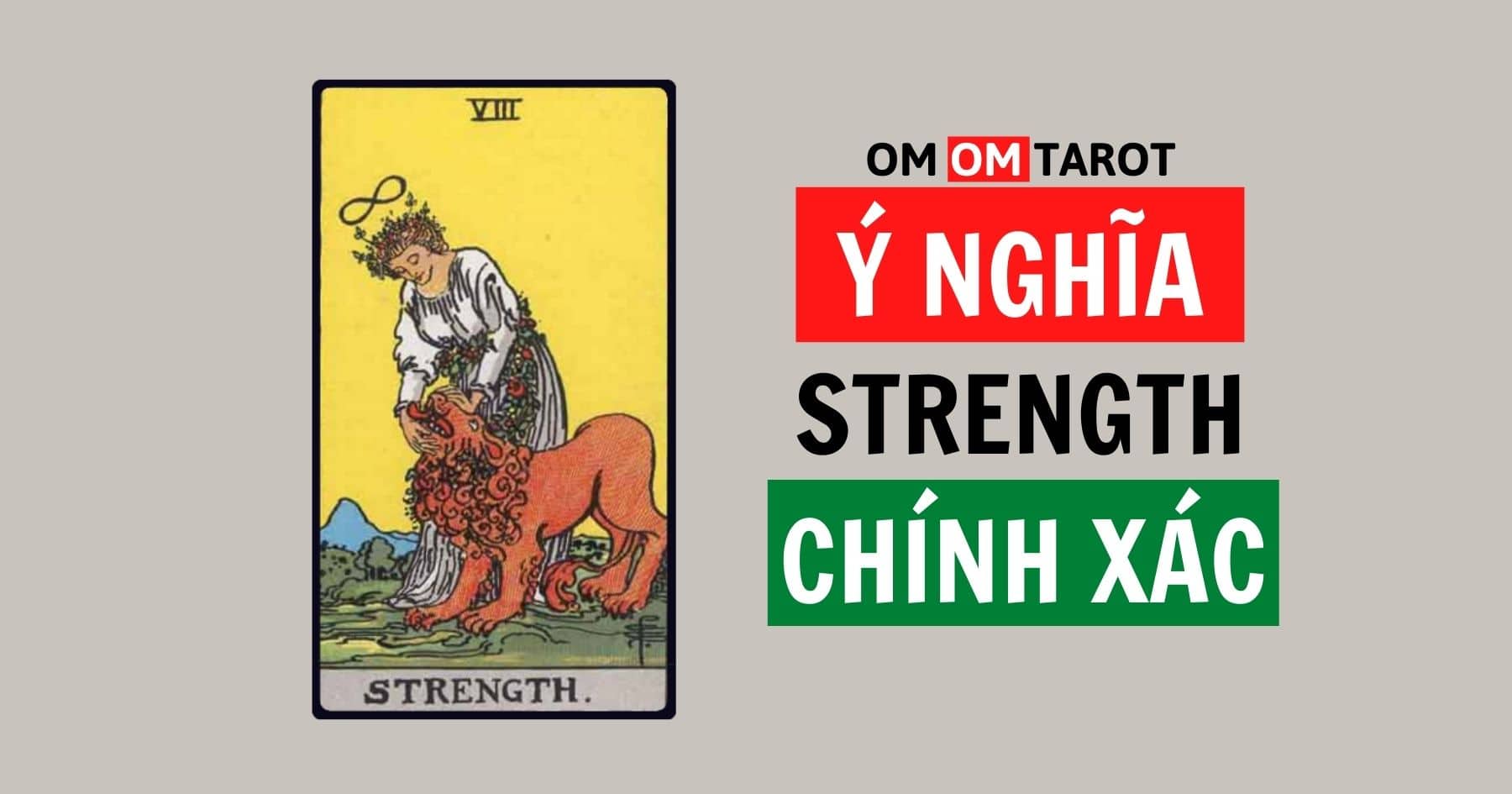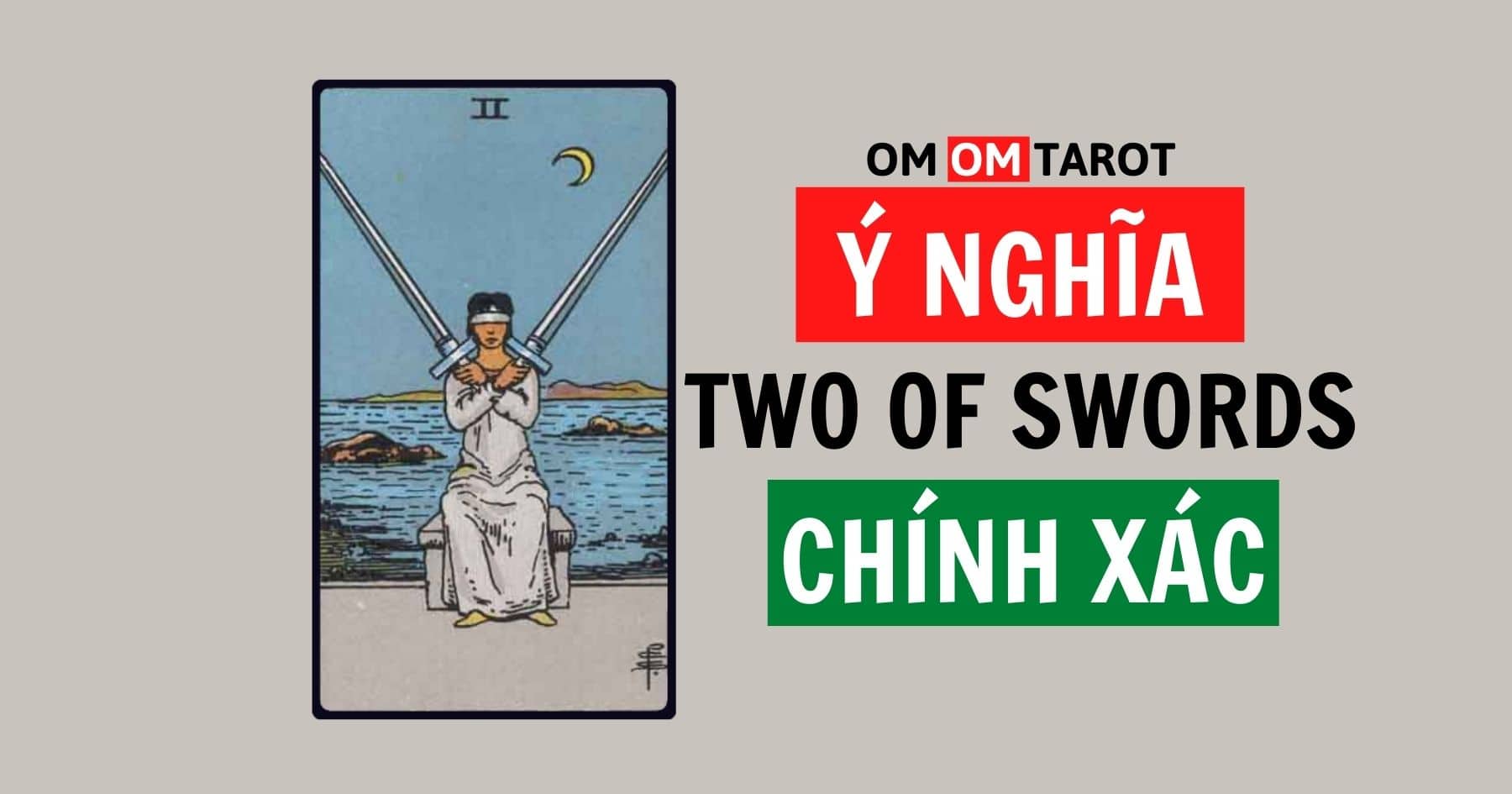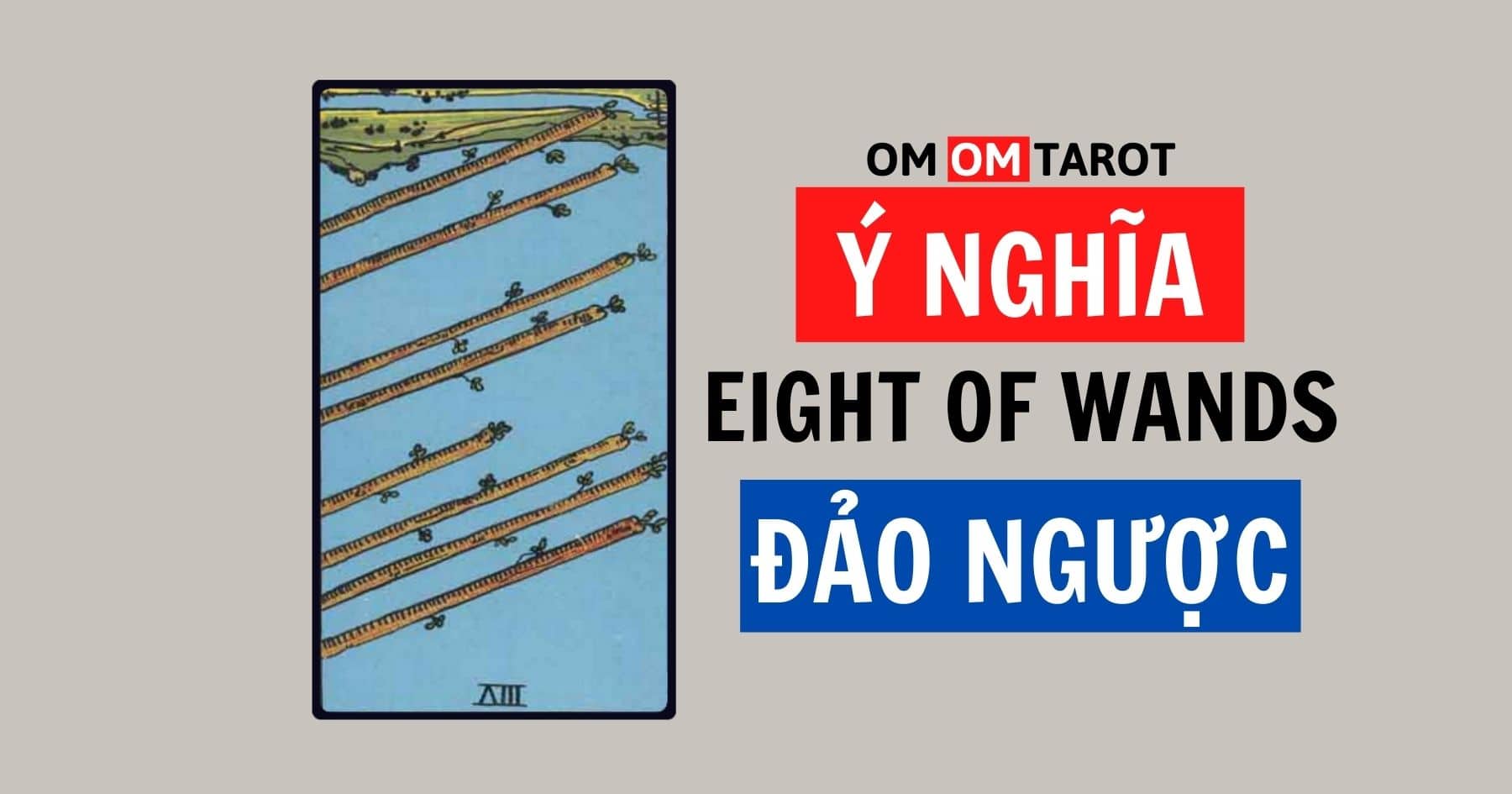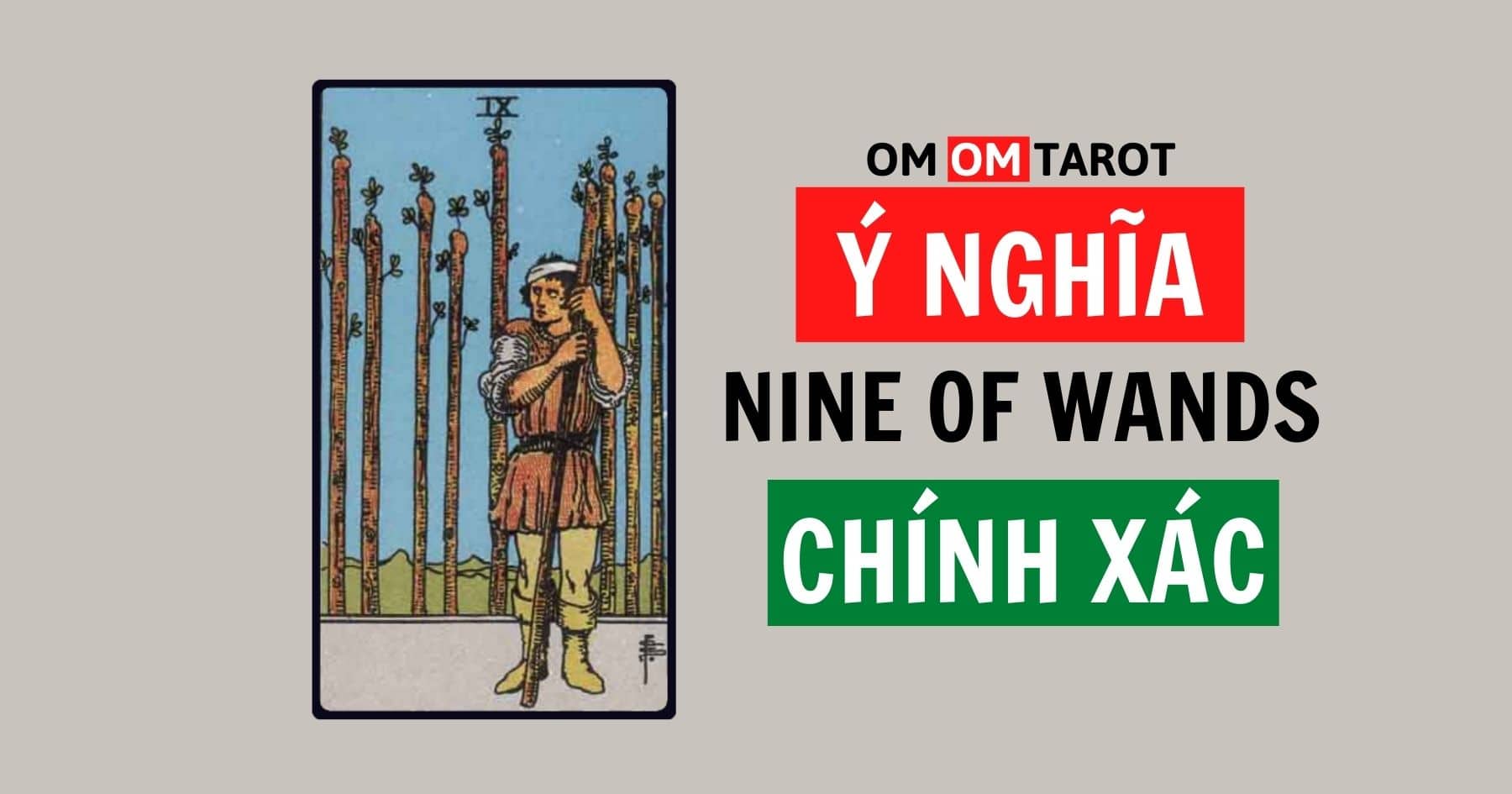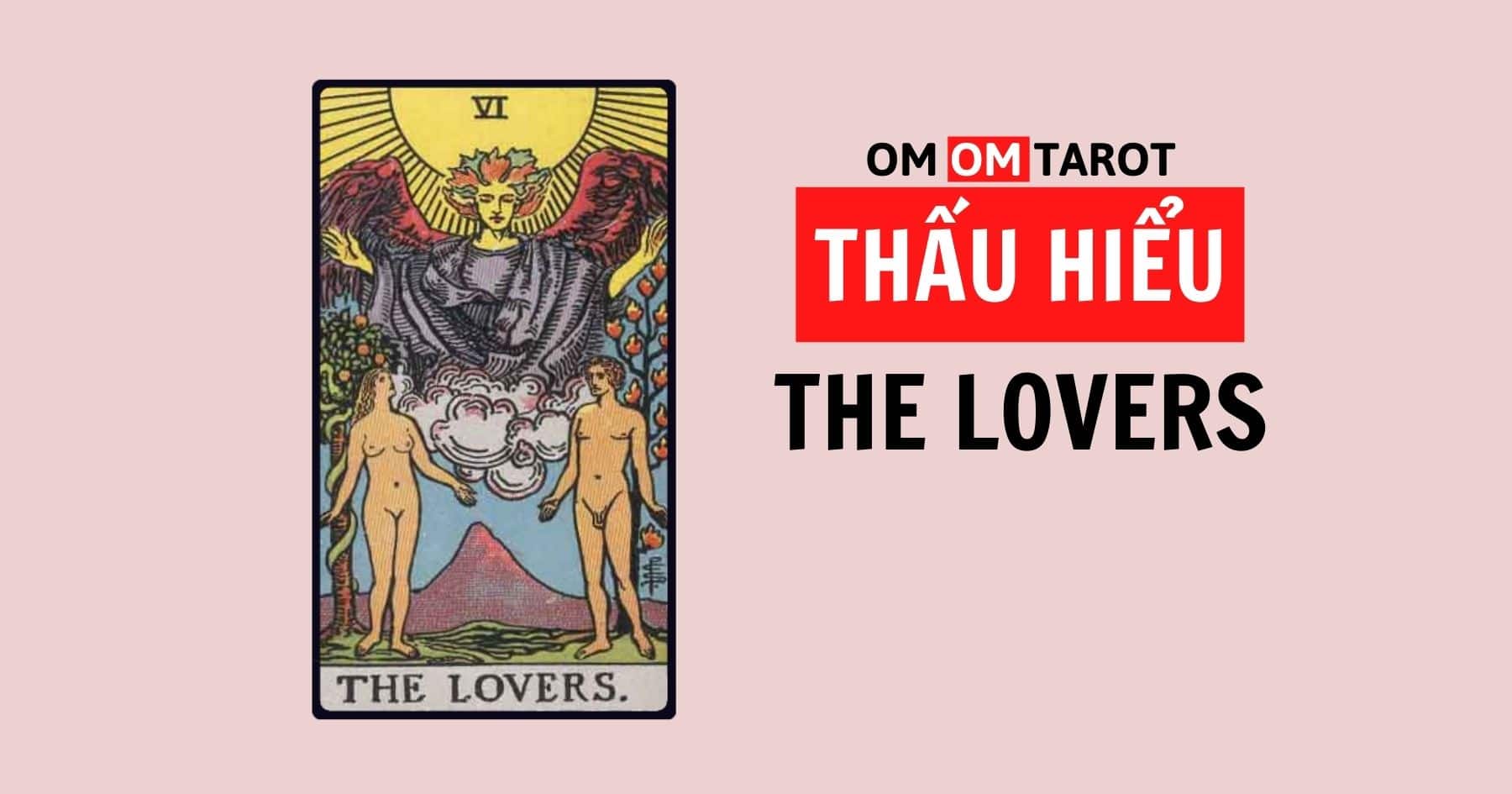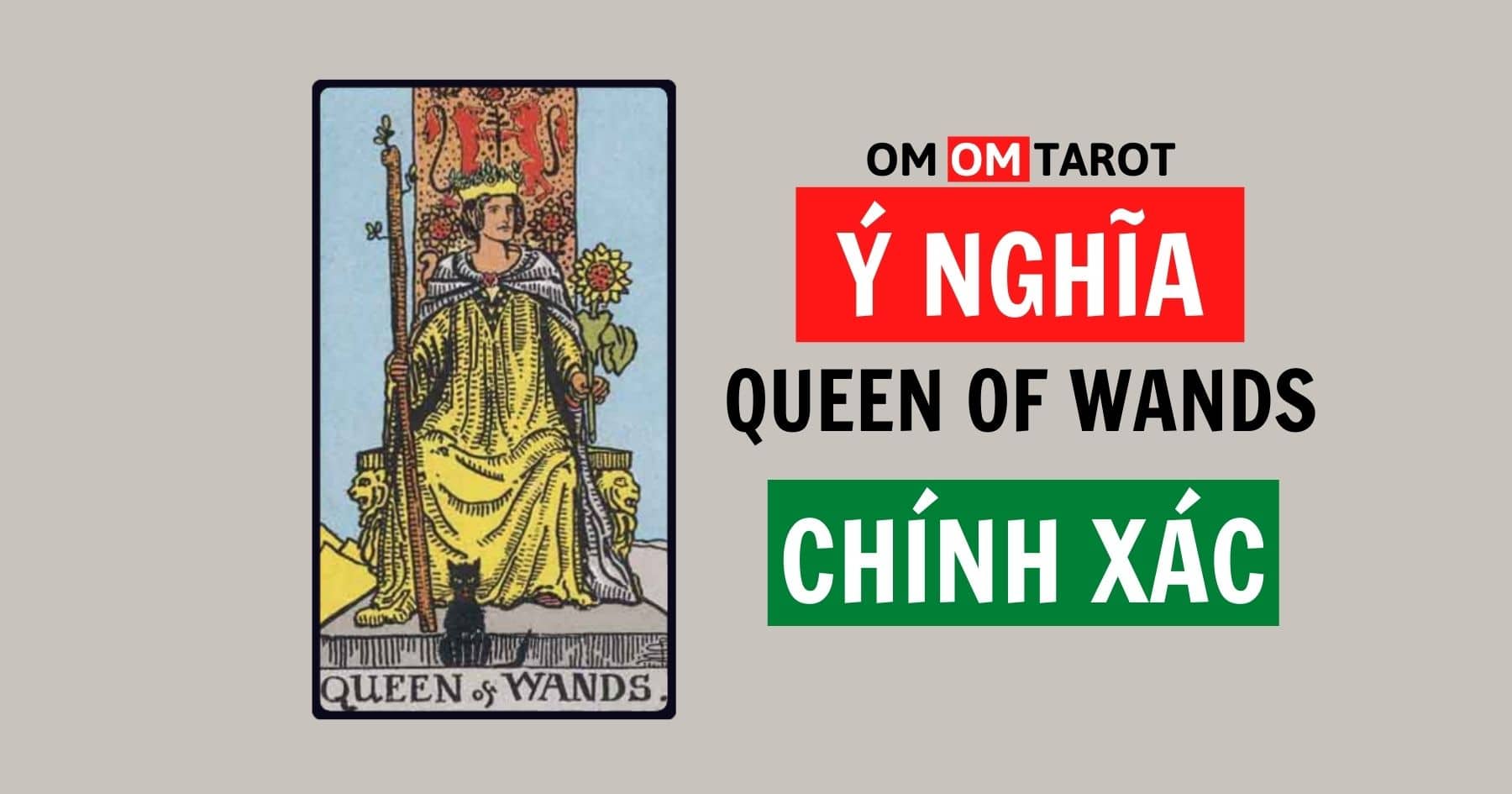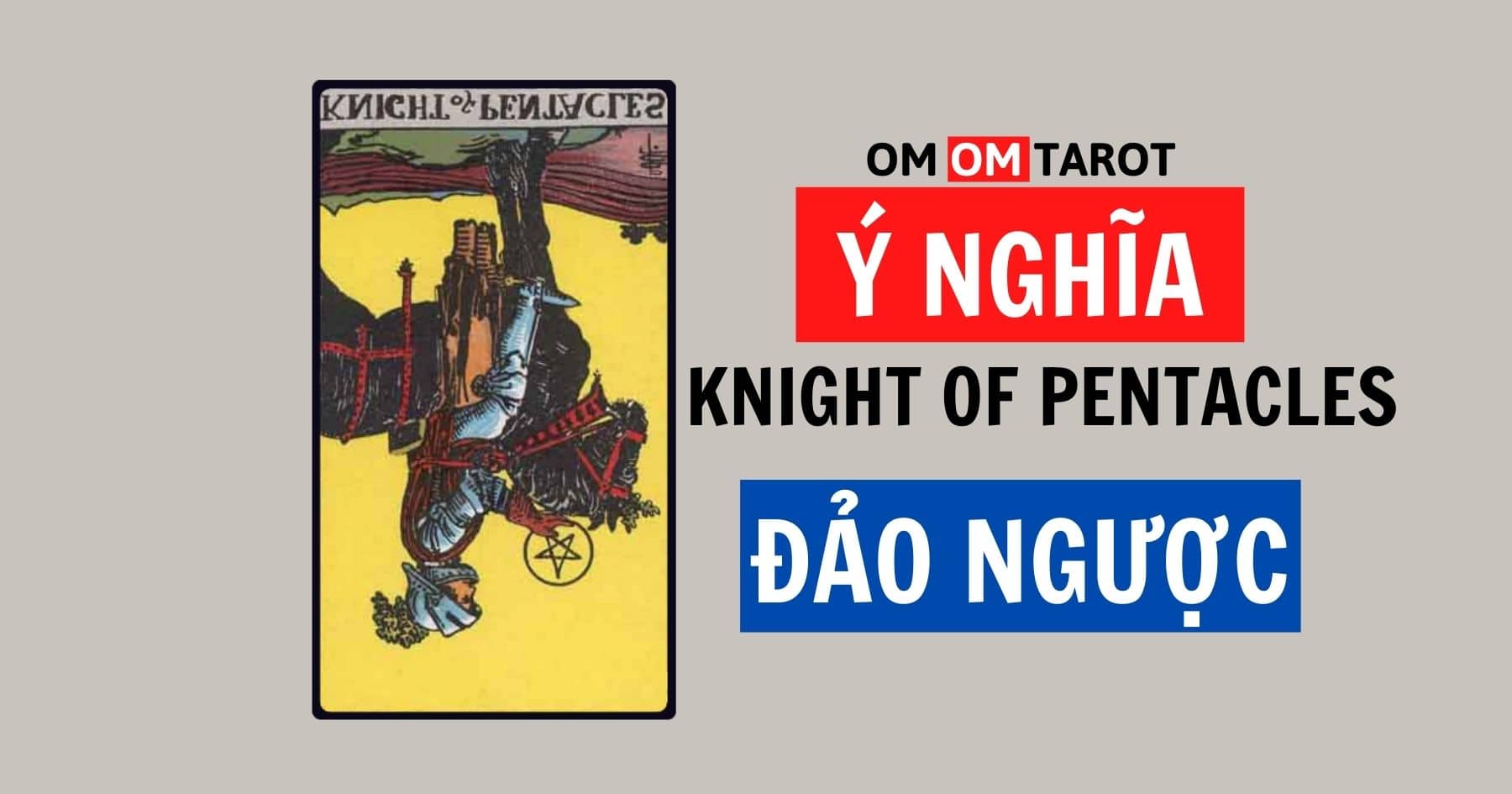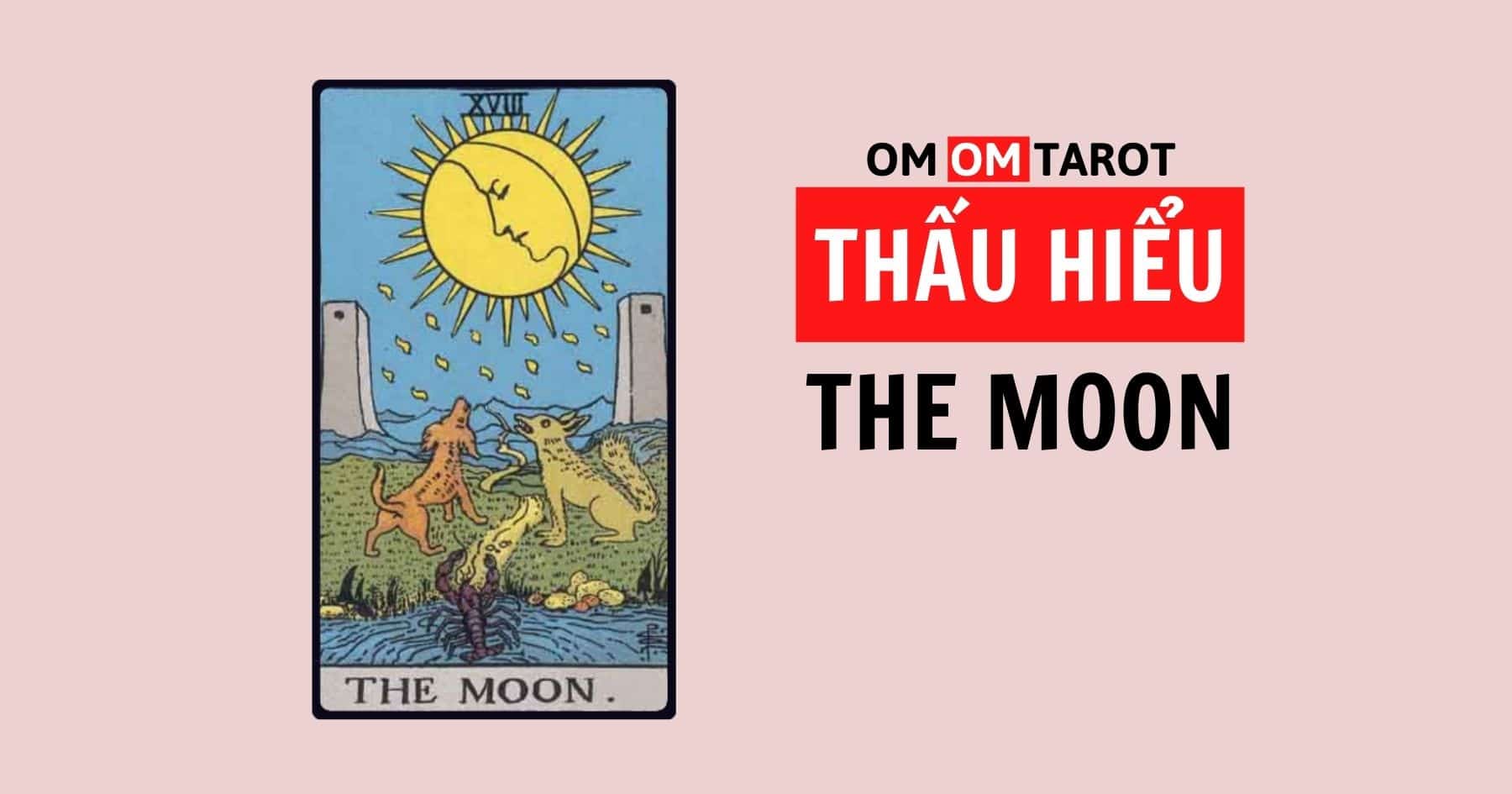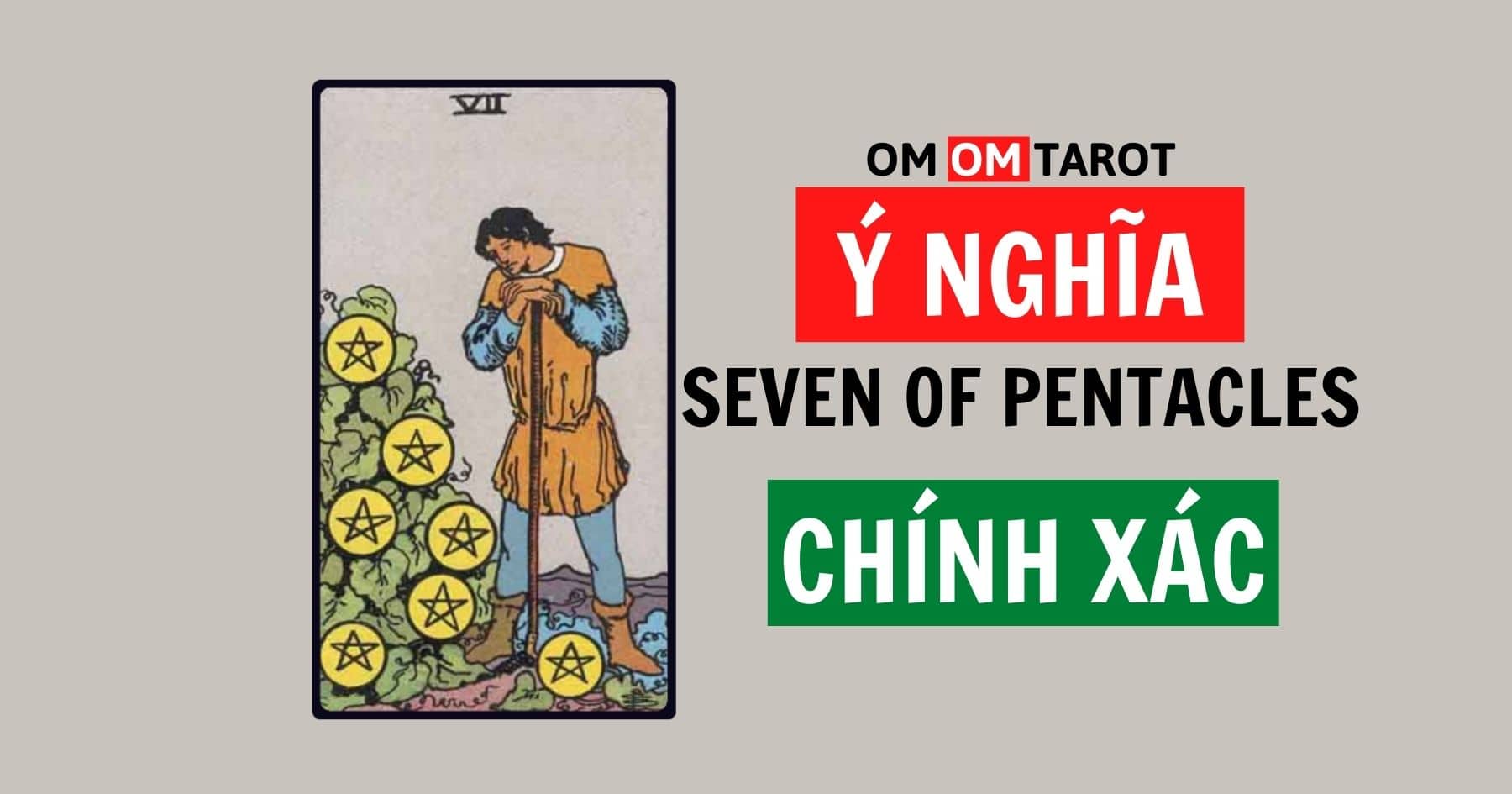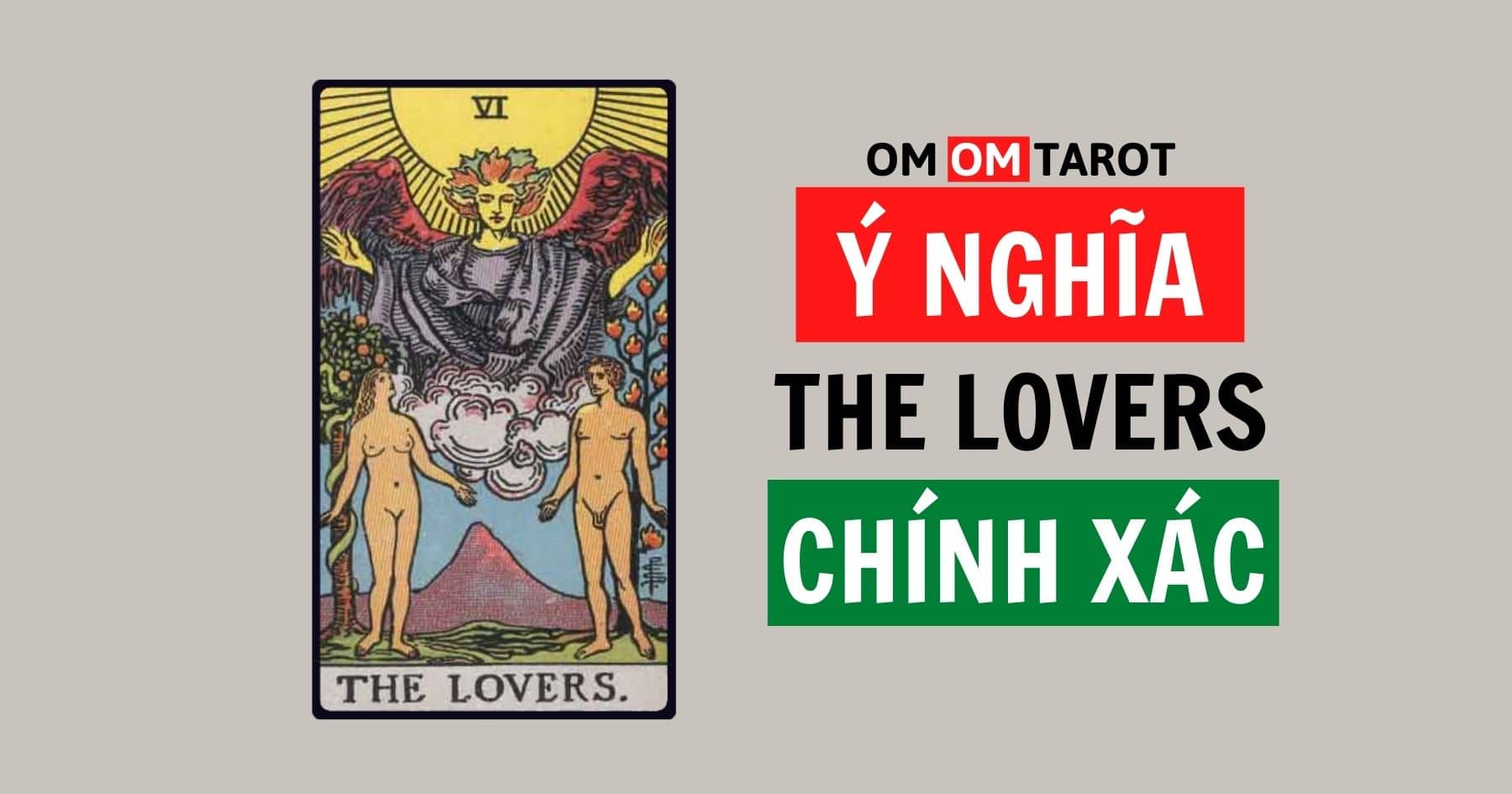Healing Through Tarot: Exploring and Integrating Your Shadow for Inner Growth
This content explores using tarot cards as a pathway for inner healing. It focuses on the process of identifying and understanding one’s “shadow,” the hidden aspects of the personality. By engaging with the shadow through tarot, individuals can work towards integrating these parts of themselves for significant personal growth.
Section 1: Introduction: The Shadow, Inner Growth, and the Power of Tarot
The concept of the “shadow,” popularized in psychology, refers to the unconscious aspects of our personality that we tend to reject or repress. These can include perceived negative traits, forgotten memories, or even undeveloped positive potentials. Engaging with this hidden part of ourselves is not about eliminating it, but about bringing it into awareness and integrating it for genuine inner growth and wholeness. By acknowledging and understanding the shadow, we can gain profound insights into our behaviors, fears, and motivations. Tarot cards offer a unique and accessible pathway to begin this exploration. They act as intuitive mirrors, reflecting back aspects of our inner landscape, including those we’ve hidden from ourselves. This introduction will lay the groundwork for understanding how tarot can serve as a powerful tool in the process of identifying, exploring, and ultimately integrating your shadow for profound personal development and healing.

Section 2: Understanding Your Shadow: What It Is and Why Exploration Matters
The “shadow,” a concept deeply explored in psychology, represents the parts of our personality that we consciously or unconsciously repress or deny. These can include aspects we perceive as negative or undesirable, such as anger, jealousy, or selfishness, but also potentially positive traits like creativity, power, or spontaneity that were suppressed during development. Understanding your shadow is crucial because these hidden parts continue to influence your thoughts, feelings, and behaviors from the unconscious realm. Ignoring or rejecting the shadow doesn’t make it disappear; instead, it can manifest in unhelpful ways, leading to internal conflict, projection onto others, or self-sabotage. Exploring the shadow, therefore, is not about embracing negativity but about acknowledging, integrating, and ultimately reclaiming these fragmented parts of the self to achieve greater authenticity, wholeness, and inner peace. This self-awareness is a fundamental step in any healing journey.

Section 3: Using Tarot to Illuminate the Shadow: Spreads and Interpretations
Building upon the understanding of the shadow as hidden aspects of the self, tarot provides practical methods to bring these elements into conscious awareness. Specific tarot spreads, often designed with positions representing conscious and unconscious aspects, past influences, or potential outcomes of integration, serve as frameworks for exploration. When interpreting the cards within these spreads, the focus shifts to identifying patterns, challenging cards, or recurring themes that resonate with denied traits, fears, or unacknowledged strengths. This process isn’t about judgment but about gentle illumination, using the archetypal language of the cards to reveal the hidden parts of the self, setting the stage for understanding and eventual integration.
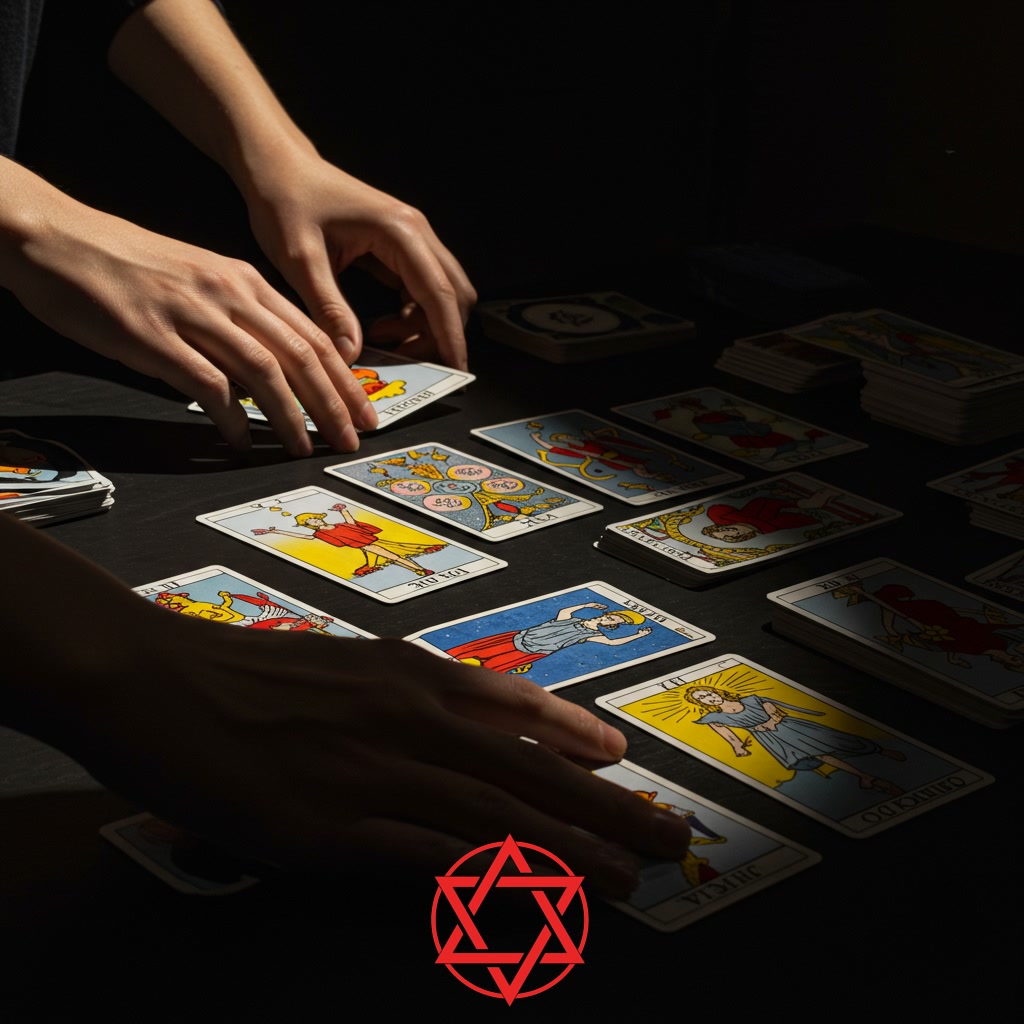
Section 4: Navigating Shadow Aspects Through Tarot Readings
Building upon the understanding of the shadow as hidden aspects of the self, tarot provides practical methods to bring these elements into conscious awareness. Specific tarot spreads, often designed with positions dedicated to uncovering subconscious patterns or repressed feelings, act as structured mirrors. When a querent draws cards into these positions, the imagery and symbolism can illuminate blind spots or aspects of personality that have been pushed away. This process isn’t about fear, but about acknowledging and understanding. By interpreting the challenging cards that often appear in shadow positions, individuals gain insight into core fears, unacknowledged desires, or past wounds influencing present behaviour. This conscious recognition is the essential first step in navigating these shadow aspects, allowing for acceptance and eventual integration.

Section 5: Integrating the Shadow: Embracing Wholeness for Healing
Moving beyond simple awareness, the true power lies in integrating these newly conscious shadow aspects. Integration is not about eliminating the shadow, but rather understanding, accepting, and ultimately embracing these parts of yourself as integral components of your whole being. This process transforms perceived weaknesses or undesirable traits into sources of strength and depth. By acknowledging and validating the shadow’s existence and origins, you can consciously choose how these energies manifest in your life, leading to genuine healing and a profound sense of completeness. Tarot serves as a guide throughout this journey, offering insights into how each shadow element can be woven back into the tapestry of your identity, fostering inner harmony and accelerating personal growth.

Section 6: The Path of Healing and Inner Growth with Tarot and Shadow Work
Building upon the awareness and acceptance of the shadow, the path of healing and inner growth unfolds through dedicated engagement with tarot and shadow work. This journey is not about eradicating difficult aspects, but rather integrating them into a more complete and authentic self. By using tarot as a mirror and guide, individuals can navigate the complex terrain of their subconscious, gaining insights into the roots of patterns and behaviors. Shadow work provides the tools and framework for processing these revelations, transforming hidden fears and insecurities into sources of strength and wisdom. This active process of understanding, accepting, and integrating leads to profound inner healing, releasing old burdens and unlocking new potentials for personal evolution.


